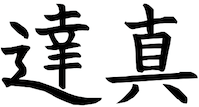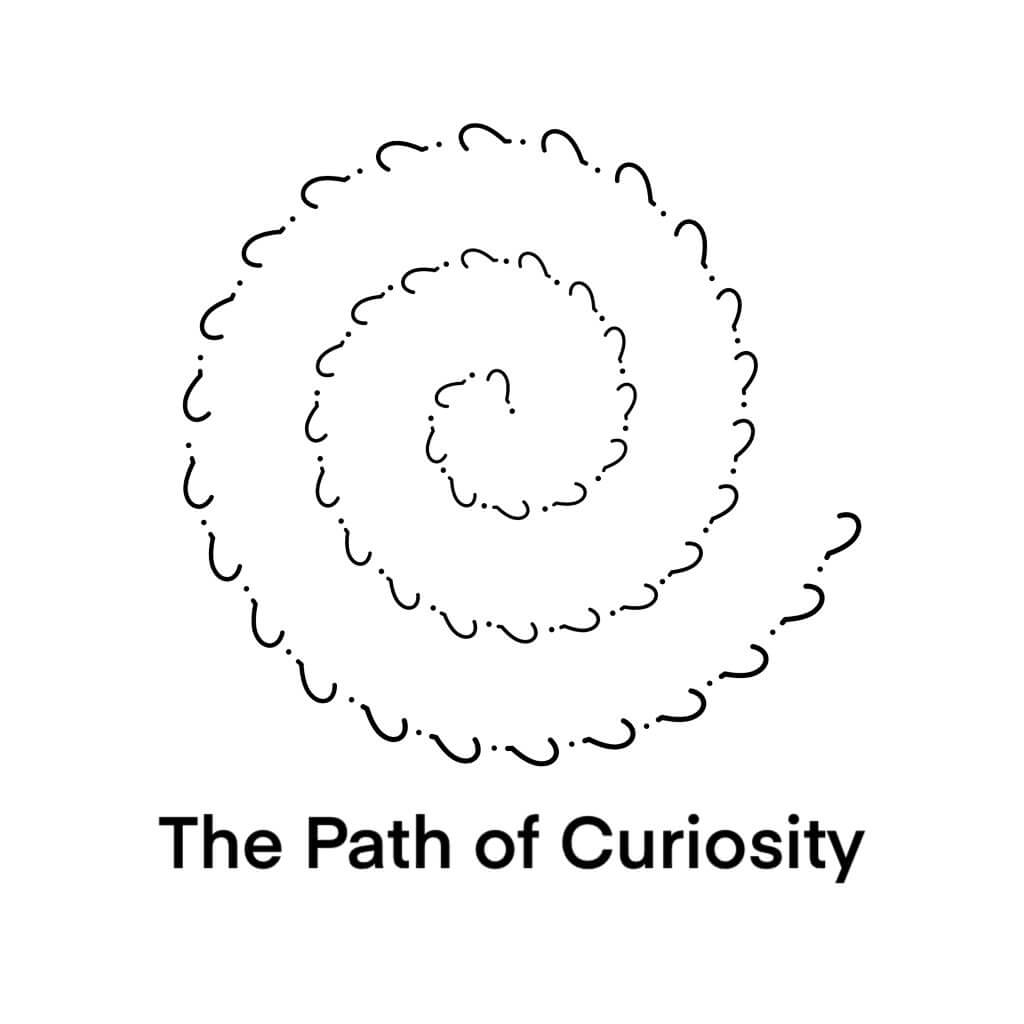Skill trees are fundamental to how I think about learning and teaching. It is a mental model that sequences the skills needed to master a larger skillset, e.g. that it makes sense to learn addition before multiplication, or geometry and algebra before calculus.
I first encountered skill trees explicitly when I started using Khan Academy in the 2010’s. At the time, Salman Khan’s videos and the Khan Academy website were built around a very thoughtful sequencing of skills with mathematics and other areas. U could see where U were on the skill tree, and as U developed new skills—which was surprisingly easy and rewarding, given that they were appropriate for Ur current skill level—that would motivate U to progress further.
I realized that my teachers in my formal education had made use of skill trees, too, but they were implicit—they hadn’t really made that skill tree legible in a useful way to me as a learner. When I struggled with specific skills, they didn’t always investigate what prerequisites I might be missing or shaky on. But with Khan Academy, I could go back and work on the prerequisites I found difficult. Once I did, the later skills would feel a lot more manageable, and I would progress more quickly.
Later, I saw that skill trees applied in other domains. They had been built into many of the video games I loved, for example—sequencing different technological developments or upgrades in a way that made the plot and gameplay more engaging. My friend and longtime collaborator James Stuber and I developed a model of a productivity skill tree together before building the Digital Productivity Coach together. And as my meditation practice deepened, I became interested in how various meditation skills and practices related to each other, and developed various models that I could use to teach others meditation.
Some other skill trees I’ve made since then include The Path of Love Skill Tree and The Quest Map (which is a kind of skill tree for my Empowerment work).
A skill tree is just a map of the territory. Other skills are relevant, and the suggested sequencing in a given skill tree may not be the one that U need personally.
As a learner, I thrive when there is an explicit, legible skill tree. It’s even better when it feels like the teacher makes space for me to indicate how I understand myself in relation to the skill tree, and even to expand or alter the map of the territory.
Conversely, I really struggle when a learning environment lacks an explicit, legible skill tree. It’s even harder when it feels like the teacher lacks an implicit skill tree, or that their model of the skill tree misses me and where I am at.
It’s worth looking for skill trees in areas you’re interested in learning, and using those in Ur studies. It’s also helpful to maintain a sense of any discrepancies between Ur experiences or goals and the skill trees you’ve been offered, so that U can develop Ur own model of the skill tree if needed.
As a teacher, it’s worth tracking Ur sense of the skill tree, and actively comparing students to where U think they are in the skill tree, so that U can help them more effectively and also refine Ur model in general. It is a kindness to share Ur skill trees with Ur students, so that they can understand and visualize Ur map of the territory, and orient towards how they want to approach learning with you.
As someone who shares knowledge and skills with others, who tries to pass on what I’ve learned along the way in the days of my own life, to spread what has benefitted me so that it might benefit others also: I strive to develop my internal model of the skill tree, and to make it explicit, legible, useful as soon as possible.
U might also enjoy reading my book on curiosity and learning, The Path of Curiosity.
I think of skill acquisition with this model:
- Skill Acquisition →
- Skill Growth →
- Skill Maintenance →
- Skill Combination
I think it’s always worth exploring at least a little bit of a creative medium U feel called to. Dipping Ur toes in the water for a few hours. Not needing to make anything good, just getting a feel for what it’s like, expanding ur horizons of what’s possible.
I am even more excited by the idea of developing competence at a large number and unusual set of skills, and then connecting them together in novel and unique ways, than I am by the idea of developing mastery and excellence at one or even several skills.
When I learn new skills, I aspire to combine them with other skills that I have (writing, making visual art, making music, leadership, etc.) in a way that fits into my larger vision and plans and strategy.

